Vantage Point in Photography
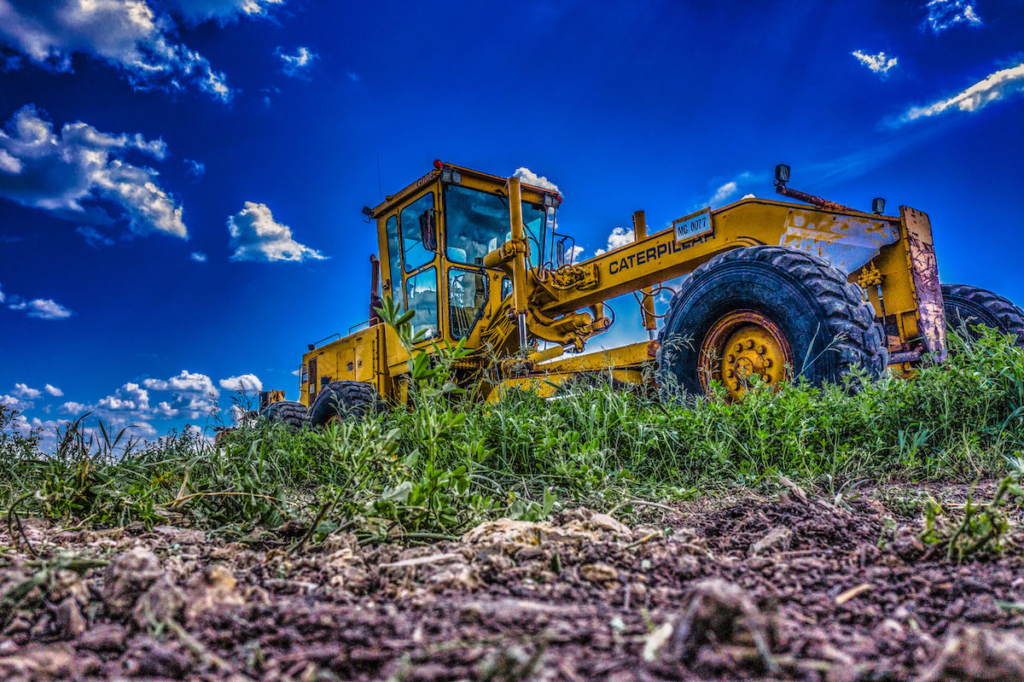
Definition of Vantage Point in Photography
Our team of vendors offering expert drone photography and videography is dedicated to delivering high-quality aerial footage and photography to our clients. We understand the importance of capturing the perfect vantage point to showcase your property, event, or project. A vantage point refers to the position or perspective from which a photograph is taken, and it can dramatically impact the visual impact and storytelling of the image. With our drone services, our vendors can capture stunning photos and footage from unique angles and heights that were once impossible to achieve. Let our vendors help elevate your visual content and bring your marketing efforts to new heights!
Explanation of Vantage Point
A vantage point refers to the position and angle from which a photograph is taken. It is the viewpoint from which the photographer frames the subject and can significantly affect the mood, composition, and overall impact of the image. Photography has many different vantage points, all of which can create stunning shots when done right. Modern technology allows for a new perspective on aerial photography. Whether for landscape photography, wildlife photography, portrait photography, or capturing different viewpoints of tall buildings, drones achieve what a regular camera cannot.
Types of Vantage Points
High Vantage Point
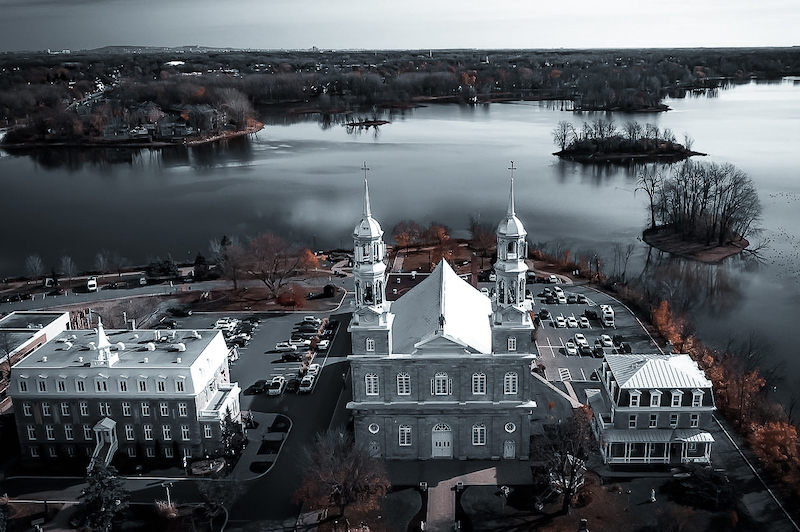
Low Vantage Point
Low vantage point photography refers to capturing images or footage from a position close to the ground, which can create a unique perspective and add drama to the shot. Low vantage point photos can make the focal point feel as if they’re looming over the viewer compared to a higher vantage point. Achieving a low vantage point with a drone involves flying the drone close to the ground and positioning the camera to capture the desired angle.
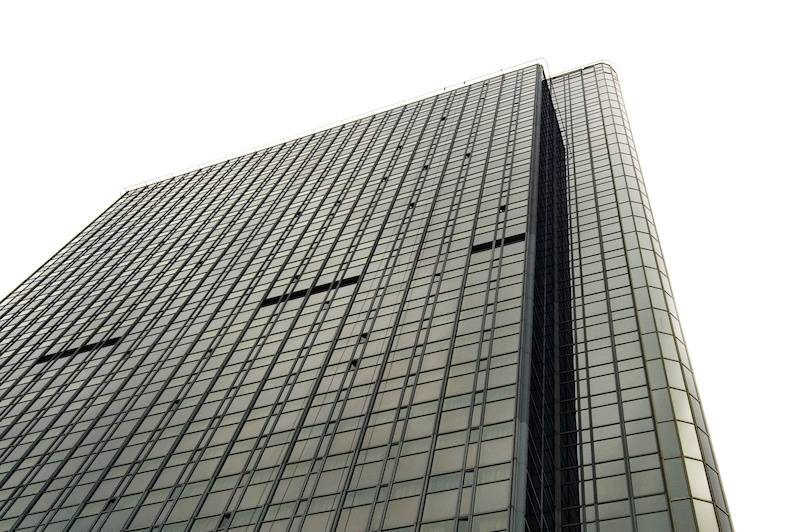
Eye-Level Vantage Point
An eye-level vantage point in photography refers to capturing images or footage from a position at the same height as the subject’s eye level. Achieving eye-level vantage points with a drone involves positioning the drone at the same height as the subject and adjusting the camera angle to capture the desired eye-level shots.

Bird's Eye View
A bird’s eye view in photography refers to capturing images or footage from a position directly above the subject, simulating the perspective of a bird flying overhead. Achieving a bird’s eye view with a drone involves flying the drone high in the air and positioning the camera to capture the desired angle. This perspective can create an interesting and unique viewpoint for the viewer.

Worm's Eye View
A worm’s eye view in photography refers to capturing images or footage from a position very close to the ground, looking upwards toward the subject. Achieving a worm’s eye view with a drone involves flying the drone close to the ground and positioning the camera to capture the desired angle, creating a dramatic and unique perspective.

Importance of Vantage Point in Photography
What makes a vantage point important? Vantage points in photography are crucial for creating visually engaging and dynamic images. By changing the perspective and angle of the camera, photographers can alter the viewer’s perception of the subject and convey a specific mood or emotion.
Drones have become increasingly popular in photography, providing an easy and accessible way to achieve unique vantage points. With a drone, photographers can capture bird’s eye, worm’s eye, and eye-level views that were previously only possible with expensive equipment or specialized skills. This freedom allows our vendors to choose the best vantage point for their subject. Drone technology also lets photographers push the boundaries of their creativity and capture stunning images from previously unexplored angles and different vantage points.
Tips for Choosing a Vantage Point
Choosing a vantage point is one of the most important decisions when planning a drone shoot. The vantage point you choose will determine how your photos and videos look, and it can be the difference between a good shot and a great one.
Rather than shooting from the same vantage point you know and love, here are some tips for choosing more unique vantage points to enhance your results:
Consider the Subject and Story
When considering the subject and story, a photographer’s choice of vantage point will significantly impact the message conveyed in the photograph. The vantage point should complement the subject and help tell its story. For example, if the subject is a tall building, a bird’s eye view from a high altitude would be more suitable. On the other hand, if the subject is a person, a closer eye-level shot would be more appropriate. Ultimately, the vantage point should enhance the photograph’s narrative and convey the intended message to the viewer.
Experiment with Different Angles and Perspectives
Experimenting with different angles and perspectives is crucial to choosing the right vantage point in drone photography. It’s essential to test different angles and perspectives until the photographer finds the perfect balance between showing the subject in the best possible way while also creating an interesting and engaging image. By changing the drone’s altitude, distance, and direction, photographers can capture the subject from multiple angles and perspectives, providing a more dynamic and exciting composition. This experimentation helps the photographer find the most effective vantage point that enhances the subject and creates a unique and visually appealing image.
Take Advantage of Natural Elements
Taking advantage of natural elements is critical when choosing the right vantage point for drone photography. Natural features such as water, mountains, and forests can add depth, texture, and contrast to the image, ultimately enhancing the overall composition. For example, shooting a cityscape at sunset can create a beautiful contrast between the sky’s warm colours and the city lights’ cool tones. Similarly, shooting a mountain range from an aerial vantage point can showcase the scale and grandeur of the landscape. Understanding how natural elements can enhance a photograph can help a photographer choose the right vantage point to capture the best possible image.
Look for Unique and Unusual Vantage Points
Looking for unique and unusual vantage points can significantly impact a photograph by adding creativity and interest to the composition. A photographer can create a fresh perspective on a familiar subject by exploring different perspectives and angles. For example, shooting a cityscape from a low angle or capturing a landscape from an unexpected position can create a sense of drama and intrigue. These unique and unusual vantage points can help a photograph stand out and grab the viewer’s attention, making the image more memorable and impactful.


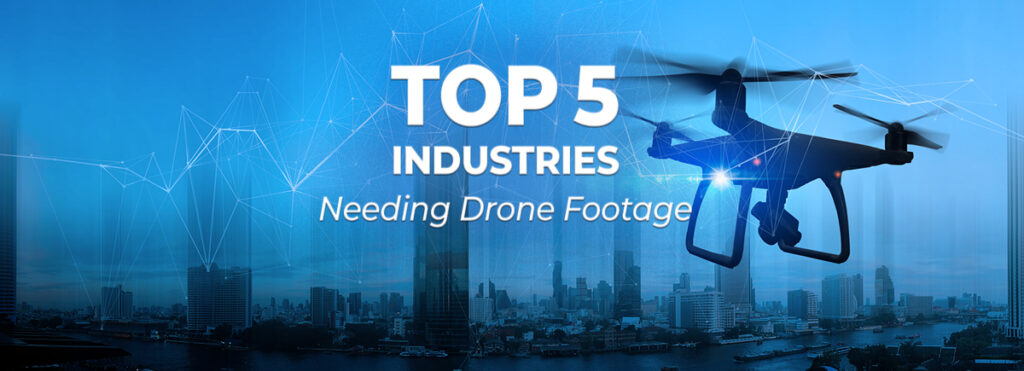


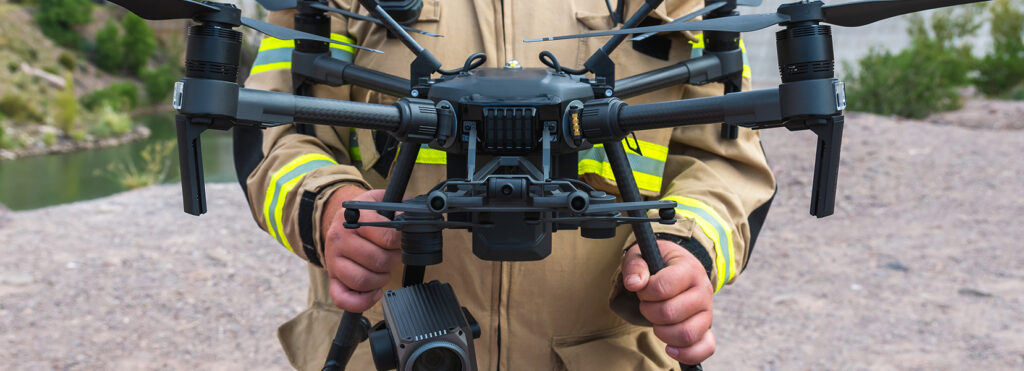
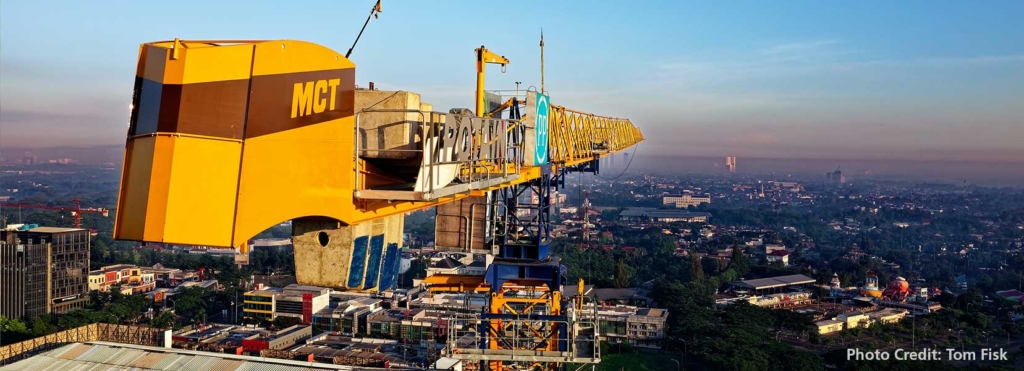
Responses